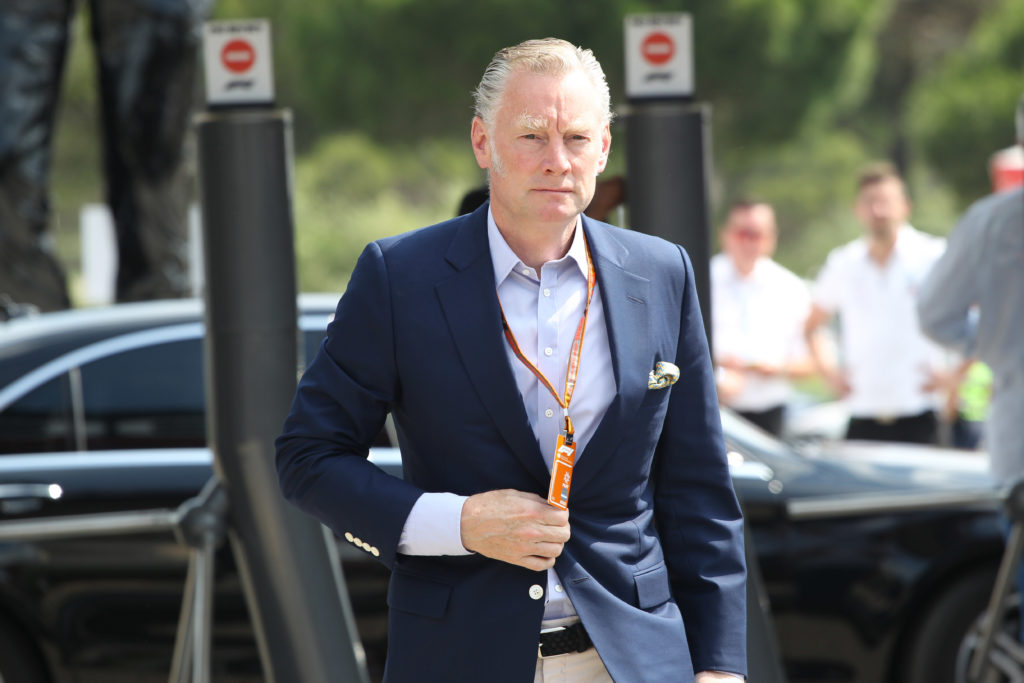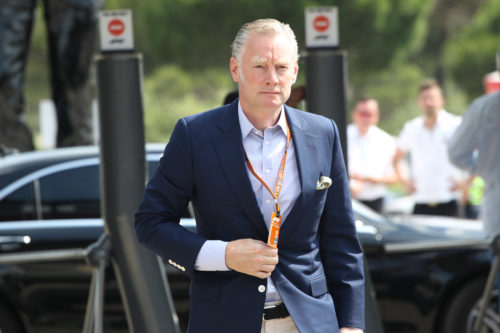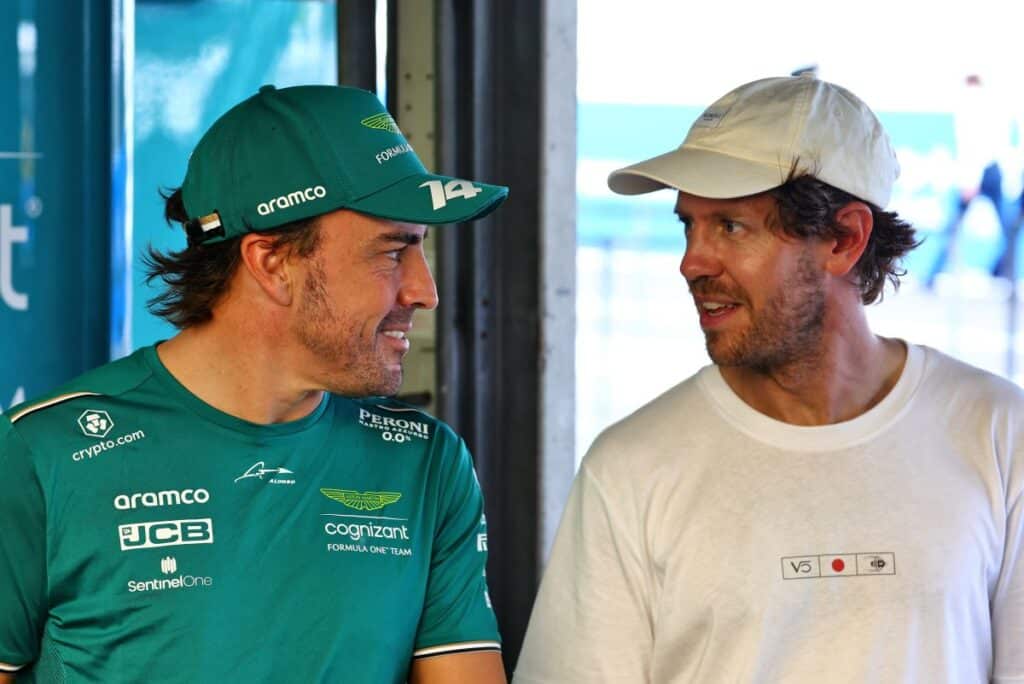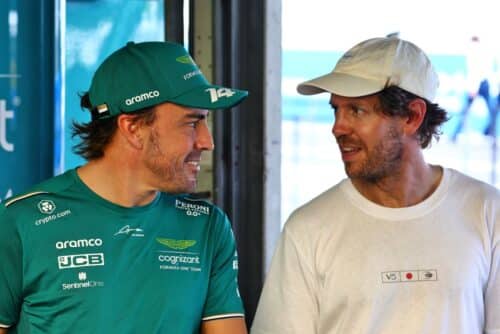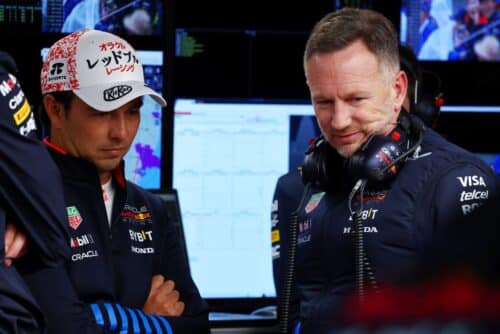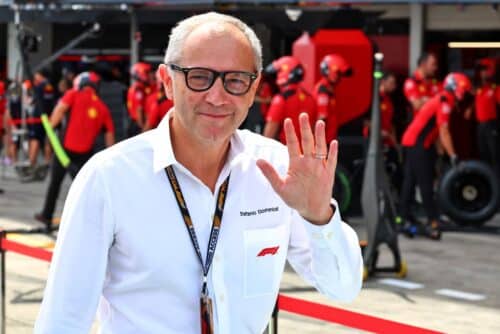Formula 1: Tilke and the shadow of Business
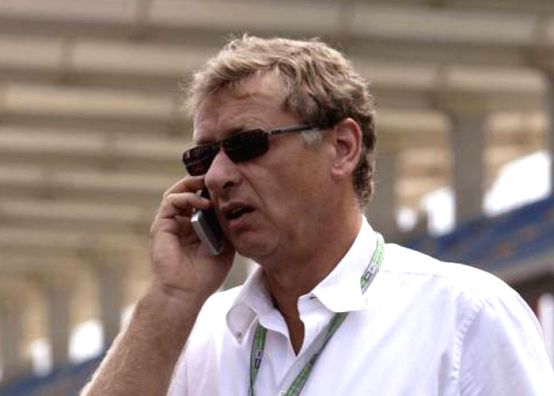
The last 10 years of the history of Formula 1 have been characterized by the entry into the Circus of a particular artist. Not an artist of the steering wheel, but of the pen.
Entry into F1
Hermann Tilke, a German architect born in 1954, has been the head of Tilke Engineering since 1984, a company specializing in architecture, civil engineering and electronics and since 1999 he has seen the circuits he built as stages for the Formula 1 World Championship.
The first track entirely designed by him to take part in the World Championship was Sepang, Malaysia.
The race started on 17 October 1999 and was won by Eddie Irvine at the wheel of the Ferrari, ahead of Michael Schumacher.
The first dramatic works
“He who begins well is halfway there,” they say.
If the premises could have been good, having established that Sepang is a rather demanding and technical circuit, Tilke's subsequent works have made most enthusiasts and nostalgics turn up their noses.
Bernie Ecclestone, in fact, has commissioned several works from the German architect over the years, with the (official) aim of making the routes safer and the (unofficial) aim of allowing him a greater economic return.
The wild changes undergone by Nurburgring and Hockenheim cannot be explained by any other reasons
The first saw the fast initial chicane replaced by an unlikely second/third gear complex that is excellently visible from a new grandstand (...)
The second was literally violated and transformed from a breathtaking track into a kart track complete with new grandstands and kilometre-long escape routes.
The long straights through the woods did not allow the construction of grandstands and made the entire structure not very "television-like". Few advertising billboards, few spectators for much of the route = little economic return.
Thus occurred the first disaster of the modern era of F1.
New creations
Subsequently at Nurburgring and Hockenheim, other Grands Prix took part in the World Championship with tracks created by Tilke:
Bahrain, China, Turkey, Singapore, Valencia, Abu Dhabi, Korea (New Entry 2010) and USA (scheduled for 2012)
If for Valencia and Singapore, since they were two citizens, the space for ingenuity was limited, for all the other circuits the main, and incomprehensible, characteristic is always the same: long straights interspersed with sharp braking that breaks the rhythm.
There is no doubt that the circuits were built with safety in mind. But in Abu Dhabi, for example, it is difficult to distinguish which is the track and which are the escape routes as seen in this On-Board by Fernando Alonso.
It is incomprehensible how, given the immense spaces available to the architect, routes were designed characterized solely by long accelerations and first gear sharp bends.
With the exception of Sepang, whose second sector has fast 4th and 5th corners, the other tracks seem like Stop and Gos replicated for the 5 continents when, with real deserts available, it would have been possible to build (absurdly) perfect replicas of Spa with adequate escape routes to guarantee the necessary safety for the pilots.
Considerations
There has been talk for years about the little spectacle offered by Formula 1.
The main reason is, by all accounts, the aerodynamics of current single-seaters, which excessively disturbs the cars following and does not allow overtaking easily.
It should not be hidden, however, that if the new routes on the one hand guarantee a very high standard of safety, on the other they are an incentive to take an afternoon nap. So much so that we were forced to wait for a "historic" event (Montreal, Spa and Monza to name three) to breathe the air of real F1.
Someone will ask themselves: "Why all these new tracks, when there are already so many around the world?". Good question. But unfortunately there is an answer.
Formula 1 is now a business that revolves around itself, and the money goes where there is money. Taking F1 to unexplored places means exporting the business and seeking new frontiers, new sponsors, new revenues.
This is the reason for building in the middle of the Korean desert (assuming we can race there), in Abu Dhabi and in other countries where even just 15 years ago it would never have been thought of to bring a GP.
Furthermore, for the "cuckolded and mazziati" series, despite the fact that they are new facilities, enthusiasts don't even have the satisfaction of seeing exciting circuits that provide entertainment, but meaningless tracks where the single-seaters parade in single file without the possibility of overtaking. And if up until last year, with refueling, the cards were partially shuffled, now only an error in changing tires can guarantee twists.
It is useless to list the tracks that could guarantee greater entertainment and reinvigorate this Formula 1.
Under the motto “safety first” hides the giant shadow of business.
Alessandro Secchi
if you want to always be updated on our news
Follow us here


